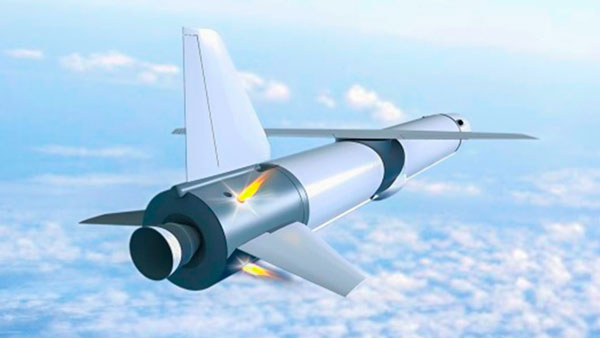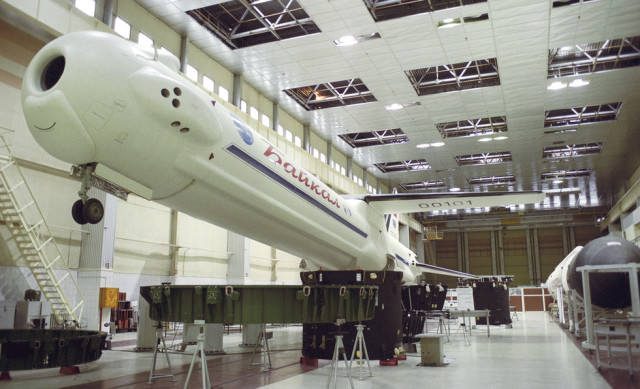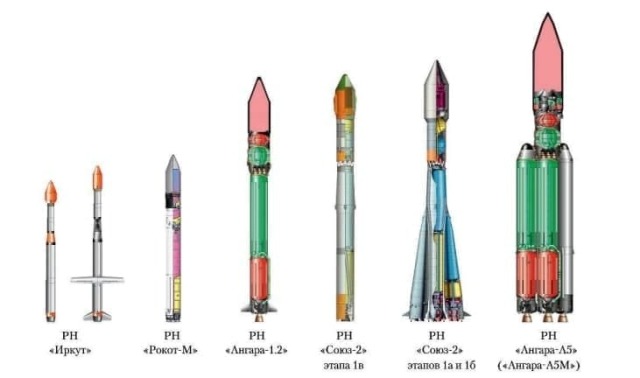The Institute of the TsNIIMash Space Agency has ordered turbojet engines for testing a reusable rocket demonstrator. Earlier, the timing of the creation of a prototype of the winged stage became known.
The project of a Russian reusable launch vehicle with a winged stage is moving forward. The next certificate is the order of engines for future tests. This was reported by RIA Novosti with reference to the public procurement website.
As stated in the document, the purchase will allow flight tests of demonstrators to be carried out, which will be part of the project "Creation of a complex of flight experimental demonstrators of reusable returnable cruise missile units." The cost of the agreement is 67 million rubles.
Earlier it became known that the prototype of the reusable stage "Krylo-SV" will be created at the end of 2022. The advance design of the winged stage was prepared and defended at the FPI (Foundation for Advanced Research) in 2019. The head company was EMZ named after V. M. Myasishchev.
 |
| Project image of the main hope of Russian cosmonautics - the returnable accelerator "Krylo-SV". |
| Source: fpi.gov.ru |
After the rocket reaches a given height, the wing should open and the jet engine should be activated. This will allow you to return the first stage home and land it in airplane mode. One of the schemes involves the use of skis. To create a rocket engine, they want to use a 3D printer.
The concept did not appear from scratch. It is based on the Baikal device, which was conceived as a reusable accelerator of the Angara carrier.
 |
| The layout of the Baikal-Angara accelerator. |
| Source: Roscosmos |
Work on the project was conducted by the Khrunichev Center. As of 2001, a mock-up was ready, which was shown at the aerospace exhibition in Le Bourget in the same year. As a result, the program was curtailed, although Angara itself received a start in life. In the foreseeable future, the Angara-A5 rocket will replace the famous Proton-M.
Recall that recently the military department showed the appearance of a promising ultralight missile, and in two versions at once: disposable and reusable. In the latter case, the carrier is planned to be returned with the help of wings.
As noted, the one-time version will be able to put up to 584 kilograms of cargo into low Earth orbit (200 kilometers). The reusable version is capable of removing about 400 kilograms. Both options want to launch in 2024.
Experts sometimes criticize the winged stage, stating that SpaceX chose a more optimal approach in terms of economy when developing the Falcon 9. However, Russia is also working in this direction: the project was named "Amur-LNG". The first launch of the rocket is planned to be carried out in 2026.

